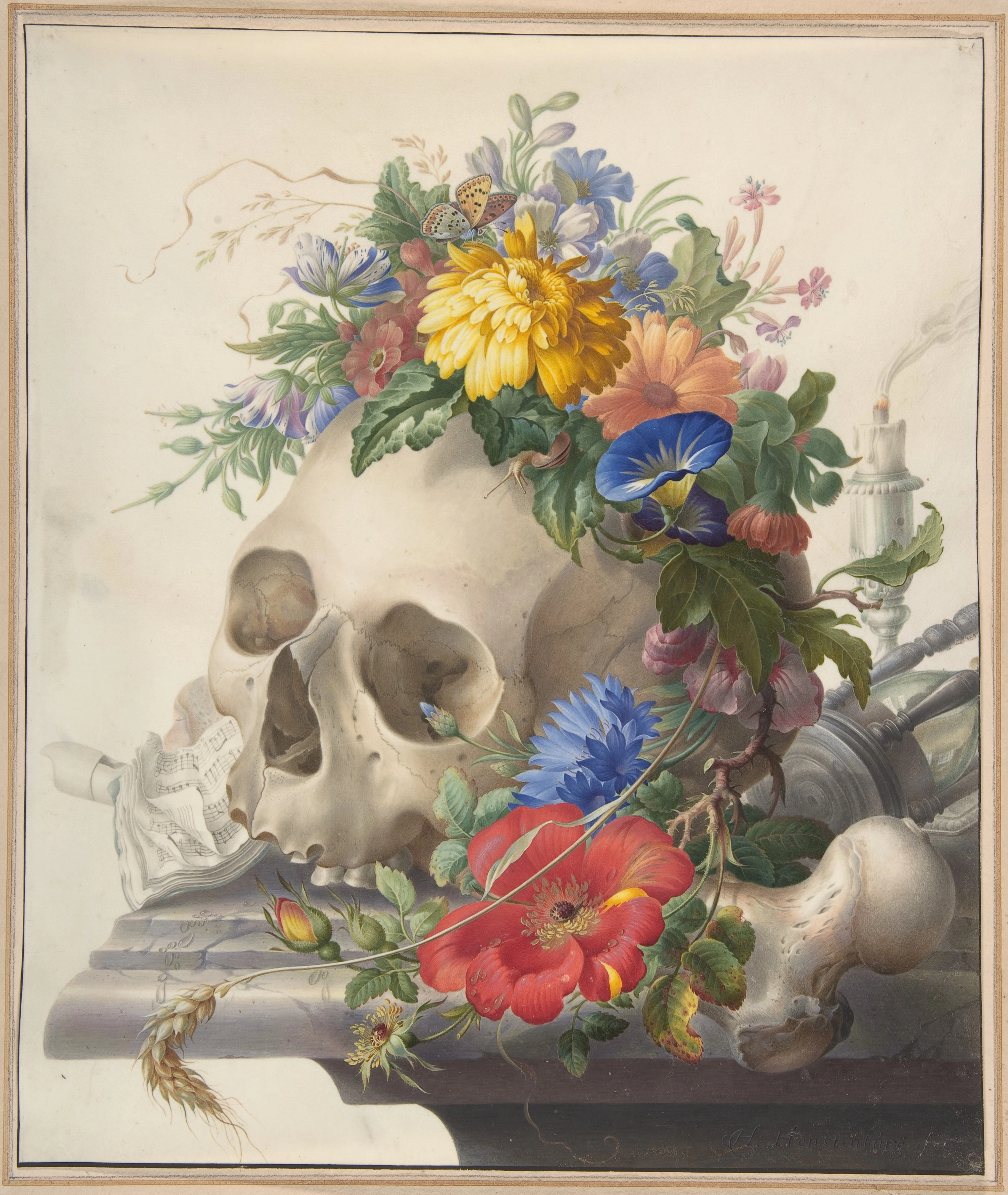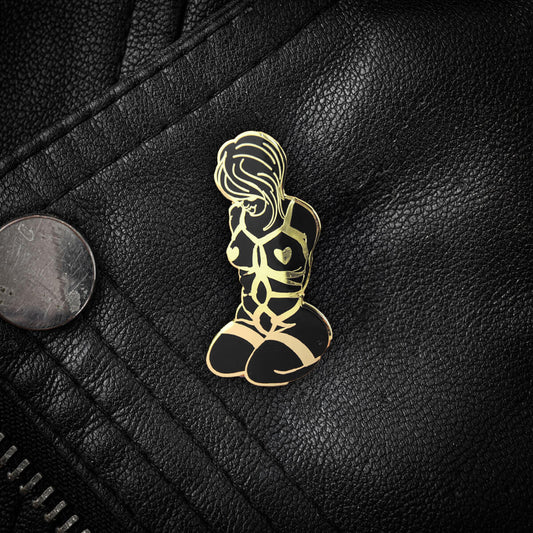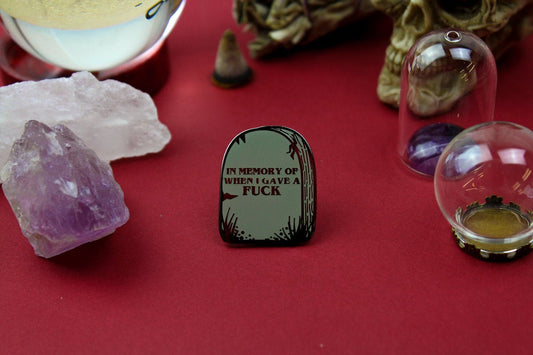
How Do Wiccans View Nature in Their Beliefs?
Share
Wicca is essentially a modern Pagan religion that puts nature at the centre of its spiritual framework. For Wiccans, the natural world is not simply a backdrop for human life. It is alive with meaning, bound up with the cycles of divinity, and treated as a sacred presence in itself. Unlike faiths that emphasise transcendence and a divine power that exists outside or above the material world, Wicca regards the divine as immanent. The sacred is here, within the land, the sky, the sea, and the lives of all creatures. To understand Wicca, you must understand this fundamental relationship with nature.
Below I will try to explain how Wiccans perceive and engage with nature. We’ll look at the religious, ethical, and practical dimensions of their beliefs, drawing on ritual structure, symbolic systems, deity concepts, and modern challenges.
Key Points
- Nature is sacred in Wicca – forests, rivers, animals, and even stones are seen as holy, not just resources or scenery. The divine is immanent in the natural world.
- Wiccan rituals follow natural cycles – the Wheel of the Year marks the seasons, and lunar phases guide magic and worship, keeping practitioners in rhythm with the Earth.
- The Goddess and God embody natural forces – their myths reflect fertility, growth, death, and rebirth, mirroring seasonal and cosmic cycles.
- Ethics are shaped by reverence for life – the Wiccan Rede encourages care for the environment, animals, and ecosystems, often leading to eco-conscious lifestyles.
1893-1897, Martin Gerlach, publicdomainreview.org
Nature as Sacred
The most basic claim Wiccans make about nature is that it is holy. Trees, rivers, mountains, animals, and even stones are not seen as dead matter. They carry presence, spirit, or power. To walk in a forest, for a Wiccan, is not only to enjoy fresh air and green surroundings, but to enter a kind of living temple.
This outlook is consistent with animist traditions across cultures. It positions humanity not as a species standing apart from creation but as one participant in a larger ecological and spiritual network. The Wiccan practitioner may speak to a tree or pour libations into the soil, treating these acts as direct communication with the divine.
Mainstream monotheistic religions often emphasise the gulf between God and the physical world. Creation may be respected, but it is not usually considered divine in itself. Wicca stands opposed to that dualism. The sacred is underfoot, overhead, and within.
Cycles of Nature and Ritual
The way Wiccans structure their ritual calendar demonstrates their commitment to nature. The Wheel of the Year marks seasonal shifts with eight major festivals, known as Sabbats. These include the solstices, equinoxes, and four cross-quarter days that fall between them.
- Samhain (31 October–1 November): End of harvest, festival of the dead.
- Yule (around 21 December): Winter solstice, rebirth of the Sun.
- Imbolc (1–2 February): First signs of spring, associated with purification and light.
- Ostara (around 21 March): Spring equinox, balance and fertility.
- Beltane (30 April–1 May): Fertility festival, fire rites, union of Goddess and God.
- Litha (around 21 June): Summer solstice, peak of light.
- Lughnasadh or Lammas (1 August): First harvest, grain festivals.
- Mabon (around 21 September): Autumn equinox, thanksgiving and balance.
These festivals do not just mark time; they place the practitioner in harmony with the rhythms of growth, decay, and renewal. To celebrate the Wheel is to acknowledge the cycles of nature as sacred patterns that govern both the land and the soul.
In addition to Sabbats, Wiccans also observe lunar cycles with Esbats. The full moon is considered especially potent for magic and ritual. The waxing and waning of the moon reflect processes of growth, culmination, and decline in the natural world, and practitioners align their workings with these phases.
Thus, the religious year in Wicca is inseparable from seasonal and lunar cycles. Ritual life becomes an extension of nature itself.
Herman Henstenburgh, Vanitas Still Life, metmuseum.org
The Elements and Natural Forces
Wiccan symbolism is structured around the classical elements: Earth, Air, Fire, and Water. These are not seen purely as physical substances but as forces or archetypes.
- Earth represents stability, fertility, and material life. It is associated with the body, soil, and growth.
- Air represents thought, communication, and breath. It is linked with wind, intellect, and inspiration.
- Fire represents energy, transformation, and will. It corresponds to passion, destruction, and rebirth.
- Water represents emotion, intuition, and healing. It is tied to the tides, the womb, and the unconscious.
A fifth element, often called Spirit, is sometimes recognised as the unifying principle. Together, these elements are invoked in rituals, represented on altars, and mapped onto the directions of the compass.
The elements embody Wiccan attitudes to nature by providing a system in which every part of the environment is charged with symbolic power. Lighting a candle, pouring water, breathing incense smoke, or placing stones on an altar are not empty gestures - they are acts of reverence for nature’s forces.
The Goddess, the God, and Nature
Central to Wiccan theology is the divine couple: the Goddess and the God. They embody natural processes through their mythic roles.
- The Goddess is usually associated with the Moon, the Earth, and cycles of fertility. She takes many forms - maiden, mother, crone - mirroring the phases of the moon and the stages of life. She is life-giver, nurturer, and wise death-bringer.
- The God, often symbolised as the Horned God, is associated with the Sun, wild animals, and the cycle of death and rebirth. His myths tie him to seasonal change: born at Yule, reaching strength at Beltane, sacrificed at harvest, and reborn again at the solstice.
This duality enacts the dynamic of nature: life and death, waxing and waning, fertility and decay. Unlike patriarchal religions where deity is overwhelmingly male, Wicca restores feminine divinity to the centre of religious life. Yet the balance between Goddess and God underscores the interdependence of natural forces.
Ethical Implications
Wiccan ethics flow directly from their view of nature. The central moral statement of Wicca is the Rede: “An it harm none, do what ye will.” While interpretations vary, most practitioners see this as a call to avoid harm and act responsibly within the web of life.
For many Wiccans, this translates into ecological concern. Respect for animals and ecosystems is seen not only as a political or personal stance but as a religious duty. Recycling, reducing waste, vegetarianism, and sustainable living are often embraced as expressions of spiritual integrity.
Wicca is not uniformly environmentalist, but its worldview encourages eco-conscious behaviour. To harm the Earth is to harm the sacred itself. To care for the environment is to live in alignment with one’s religion.
Symbolism of Nature in Wiccan Practice
The sacredness of nature is not abstract - it manifests in the objects and settings of ritual.
- Herbs are gathered and used in spells, potions, and incense. Each plant carries associations: rosemary for protection, lavender for calm, oak for strength.
- Crystals and stones are valued for their supposed vibrational qualities. Amethyst, for instance, is believed to aid spiritual clarity; quartz is seen as an energy amplifier.
- Sacred spaces are often outdoors. A grove, a hilltop, or a riverbank can become a ritual site. Even when rituals take place indoors, practitioners may cast a circle to symbolically create a sacred natural space.
- Altars are decorated with seasonal items - flowers in spring, fruits at harvest, evergreens at Yule. These objects remind the practitioner of their connection to cycles of nature.
Through these symbols, Wiccans integrate natural materials into every level of practice. Ritual becomes not an escape from the world, but a way of engaging more deeply with it.
Modern Expressions and Challenges
For Wiccans living in rural settings, the integration of nature into spiritual life may feel straightforward. For those in cities, the situation is different. How does one honour nature when surrounded by concrete, glass, and traffic?
Many modern Wiccans adapt by finding symbolic or small-scale ways of maintaining contact with the natural world. Tending houseplants, using stones or soil on the altar, observing the moon even from a city street - all of these are valid expressions of the same spiritual principles. Online communities have also developed methods for synchronised rituals, creating a shared sense of connection even when individuals cannot access wild spaces.
Yet debates exist. Some Wiccans argue that genuine practice requires immersion in the natural world: walking barefoot on the earth, lighting fires under open skies, holding rituals in woods or fields. Others counter that urban practitioners can still honour nature authentically, provided they maintain respect and intention.
This tension reflects a larger cultural question: what does it mean to revere nature in an industrialised, globalised society? Wicca does not provide a single answer, but it consistently calls its practitioners back to the principle that nature is divine.
Historical and Cultural Context
Though Wicca as a religion was formalised in the mid-20th century, its outlook on nature draws from older traditions. Gerald Gardner, often called the father of modern Wicca, blended ceremonial magic with folkloric practices and a Pagan worldview. His emphasis on natural cycles and goddess worship resonated with broader Romantic movements of the 19th and 20th centuries, which rejected industrial alienation and idealised the natural world.
Scholars such as Ronald Hutton (The Triumph of the Moon, 1999) have documented how Wicca reinterpreted older folk customs and agricultural rites into a modern framework. Rather than reconstructing an ancient religion, Wicca synthesised ideas into a spiritual system where nature plays a central role. This historical perspective helps explain why Wicca continues to attract those dissatisfied with materialist or anthropocentric worldviews.
Counterpoints
While many celebrate Wicca’s reverence for nature, criticisms exist. Some argue that Wicca idealises nature without addressing the harsh realities of the natural world: disease, predation, and disaster. To describe all aspects of nature as sacred risks romanticising forces that cause suffering.
Others point out that Wiccan environmentalism can be inconsistent. Some practitioners advocate strongly for sustainability, while others treat nature symbolism more as ritual theatre than ecological commitment. Wicca provides inspiration but not necessarily a coherent environmental programme.
Nonetheless, even critics acknowledge that Wicca has played an important role in shaping modern Pagan environmental consciousness. It challenges dominant cultural narratives of human superiority and insists that nature is more than a resource, it is actually divine.
Conclusion
For Wiccans, nature is not background scenery. It is the foundation of religious life. Through the cycles of the year, the symbols of the elements, the myths of the Goddess and God, and the objects used in ritual, nature is constantly acknowledged as sacred.
This outlook carries ethical weight, encouraging practitioners to live responsibly within the web of life. It also presents challenges in modern contexts, where urbanisation and environmental destruction threaten the very spaces Wiccans hold holy.
Yet the central message remains: humanity is part of nature, not apart from it. Wicca repositions people as participants in a living, divine ecosystem. Whether in a forest grove or a city flat, the Wiccan practitioner is called to honour, respect, and align with the natural world.















